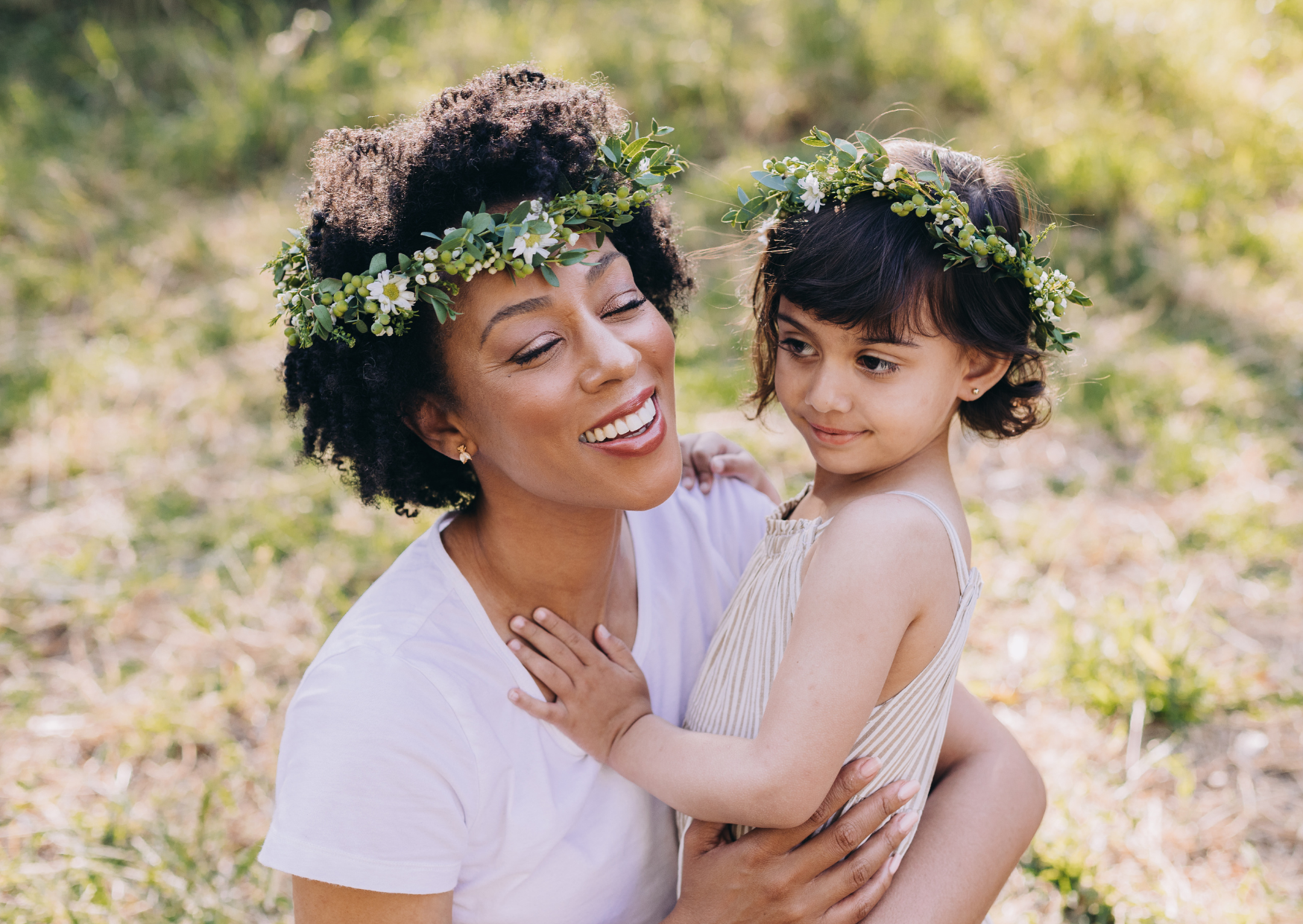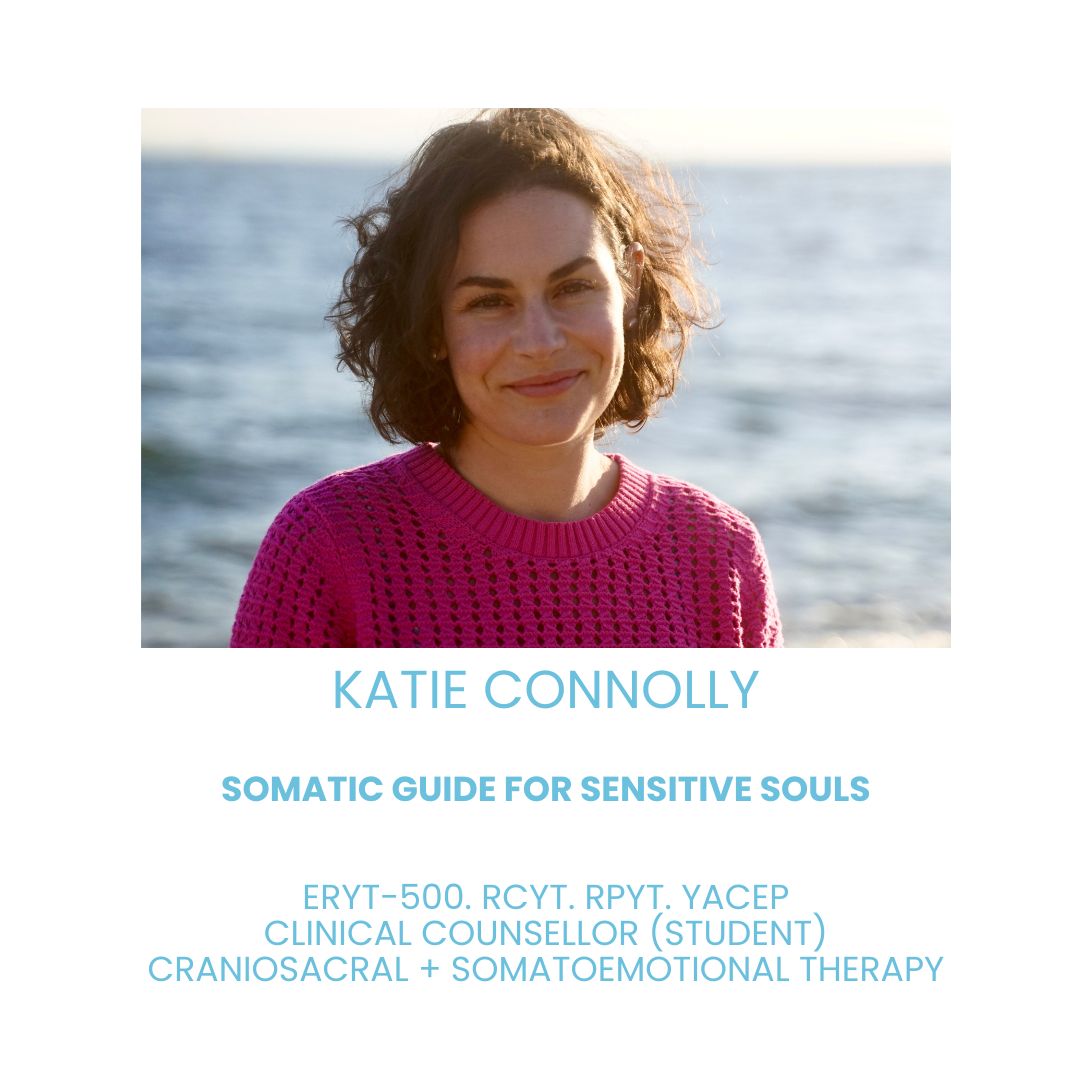
Embracing Coregulation for Emotional Balance and Growth
Co-regulation is a dynamic experience where individuals synchronize their energy with their surroundings, often without conscious awareness. This process significantly impacts our emotional, mental, and physical states, shaping our interactions and responses. Whether in a bustling, music-filled room or on a serene beach at dusk, co-regulation influences how we process these environments. In fact, part of our nervous system is designed to make sense of these stimuli. Understanding and practicing co-regulation is especially valuable for parents, caregivers, educators, and those involved in nurturing self-regulation skills in children.
Let's dive in!
The Science Behind Co-Regulation
Our brains are remarkably attuned to our environments. Every 4-7 seconds, our senses (innervated through cranial nerves, including the powerful Vagus Nerve) scan our surroundings to assess safety. This instinctive process helps determine whether we should enter a parasympathetic state (rest, digest, socialize) or a sympathetic state (fight, flight, freeze). Neurotransmitters and hormones relay these decisions through the Vagus Nerve and circulatory system, which then signals organs to respond accordingly. If we perceive danger, our heart rate increases, our breath become shallow, and digestions stalls - we get ready to protect ourselves. On the other hand, if we sense safety, we can digest nutrients, breathe deeply, and our heart rate and health is optimal. In this space we are able to connect with others, problem solve, be creative and much more!
Our body sends feedback from our internal organs back to the brain, either confirming or adjusting these responses based on changes around us. Co-regulation operates on this feedback loop, and this is where it gets interesting, as we have the capacity to change our physiology!
If you are hunched over reading this, you probably aren't breathing deeply, which leaves you prone to being in a sympathetic state. Now nothing is wrong with the sympathetic state, we need both this and parasympathetic to function optimally, the concern comes when we are in a predominantly sympathetic state - which many are. We see high rates of anxiety, depression, and physical manifestations including IBS and other chronic illnesses.
Co-regulation and Relationships
In relationships, we "regulate" our emotions through others’ presence, gestures, tone, and energy, especially in calming or safe environments. I am not a fan of the term "regulate" and prefer the idea of alignment or cohesion. When we hear the term co-regulate, we often think of promoting self-regulation and emotional resilience in children. Interestingly, science has shown we don't actually have the capacity fully self-regulate until we are in our late twenties. This means, we strongly rely on others to support the development of this skill set.
Have you ever felt a sense of relief after a comforting hug? This isn’t just an emotional response—it’s co-regulation in action. When embraced by someone who makes us feel secure, our heart rate slows, and we experience physiological calm. This is because our nervous systems synchronize, regulating each other's energy and stress levels.
In the first trimester babies begin co-regulating with their mother's heart beat and energy. After birth, touch remains crucial for babies, whose nervous systems benefit profoundly from close contact. Parents can foster this natural connection during moments of distress, helping a child enter a calmer, parasympathetic state before supporting them cognitively and behaviourally with a challenge at hand. Such physical comfort enables children to process emotions more effectively. It's the same with adults - have you ever tried to problem solve when you're stressed? How did that go?
Coregulating as a Parent: Staying Centered in Stressful Moments
For parents, co-regulation offers a way to model healthy emotional responses during challenging situations. When a child is distressed, our own emotional stability significantly impacts their ability to calm down. If you’re feeling overwhelmed, consider taking a moment to self-regulate. Explain to your child that you need a moment to center yourself, whether by deep breathing or momentarily stepping away. Returning to them with a calm presence creates an opportunity to co-regulate and guides them in developing their self-regulation strategies. I have done this numerous times, and guess what? Even my girls at the age of one understood and emulated taking a breath and later saying they needed a moment to relax. When we can offer the language and healthy coping skills around common human challenges, we support our children in being able to do the same, building emotional resilience and confidence.
A shared breathing exercise can also serve as a co-regulation tool. Slow, rhythmic breaths not only calm the adult but signal to the child’s nervous system that it’s safe to relax. Once both of you feel more centered, a comforting hug reinforces the connection, supporting the child’s journey toward self-regulation. The practice of co-regulation, therefore, acts as a bridge, guiding children toward independent emotional management. Keep it fun and light - laughter is also a powerful way to nourish the nervous system. Place a stuffy on your stomach if you have young children and watch them copy you! Leading by example is absolutely key, as no one wants to be told what to do in difficult moments.

Highly Sensitive Souls and Co-Regulation
For highly sensitive individuals, co-regulation is especially valuable due to heightened response to external stimuli. This is equally true when you have been feeling chronically stressed and your window of tolerance is not ideal. High sensitivity can make daily environments overwhelming, triggering stress and anxiety. A child or adult with heightened sensitivity might quickly shift into a sympathetic state—experiencing heightened alertness, restlessness, or even emotional distress. By proactively managing out surroundings, highly sensitive people can engage in positive co-regulation, achieving calm and comfort.
Consider your environment - could lighting, clutter, noise, access to nature, more breaks support you minimize stimulation? What about for a child - how can we create an appropriate balance between stimulation and rest? Limiting screen time and spending time in quiet spaces also supports co-regulation, as these practices cultivate a peaceful, manageable atmosphere. Developing a daily meditation or mindfulness routine can help sensitive individuals navigate stimulating environments.
Nature’s Role in Coregulation: A Therapeutic Connection
Did you know that humans can co-regulate with trees and natural environments? Nature has a grounding effect on our nervous system, offering stability and calm when we need it most. Forests, rivers, and the ocean are known for their beneficial impact on mental health. The gentle visual stimuli, sounds, and scent have been proven to reduce blood pressure and reduce stress hormones.
Nature-based practices like forest bathing or walking barefoot on natural surfaces facilitate co-regulation with the earth, which helps calm our nervous systems. When children spend time in nature, they not only gain an appreciation for the environment but also experience its grounding effects. This grounding enhances co-regulation, providing them with a natural avenue for relaxation and emotional balance. In short, get into nature daily! If you have a child who is overwhelmed, take them outside and see what happens.
Building Self-Regulation Skills Through Coregulation
For children, learning self-regulation—the ability to manage emotions and behaviors—is a developmental milestone. Co-regulation is essential in helping children acquire these skills, and to support their nervous system development for physical and cognitive growth. Through supportive guidance, parents and caregivers can encourage children to adopt self-regulated strategies, fostering long-term emotional growth.
Self-Regulated Strategy Development (SRSD) is a structured approach that builds self-regulation through step-by-step strategies. By teaching children to set goals, monitor their own progress, and reflect on their actions, SRSD lays the groundwork for effective self-regulation. When combined with co-regulation, SRSD becomes a powerful tool, as children first learn to manage their emotions with guidance before independently regulating themselves.
SRSD encourages children to internalize co-regulation practices, such as calming breaths, positive self-talk, and stress-management strategies. Practicing these strategies in daily life helps them develop a resilient mindset, enhancing their emotional intelligence and ability to navigate complex social situations. When we are practicing these skills, as children what they notice in their bodies. This helps them to make the connection, and more likely that they will engage in activities that resonate down the road.
Practical Activities for Co-Regulation
Parents and caregivers can cultivate coregulation at home by integrating some of the activities below. It's important to practice activities regularly, and not just during challenging moments. Like lifting weights, we are not going to just go to the gym one day and lift 200lbs... at least I hope. We need to nurture the practice so it becomes a skill we can rely on. Here are some strategies to promote coregulation and emotional balance in daily life:
Create a Calm Environment: Keep spaces clean, decluttered, naturally lit, and enriched with calming sounds or natural elements. If supportive, use essential oils like lavender in the diffuser, and incorporate sound healing. Know your child's or your triggers, and minimize them.
Prioritize Nature Time: Spend time outdoors, whether by taking a walk in the forest or simply sitting in a garden. Nature exposure is invaluable for coregulation, offering immediate relaxation and grounding.
Sound Healing: Listening to binaural beats, Solfeggio frequencies, or calming music aids in co-regulation, soothing the nervous system. Consider introducing simple instruments to children for play, which can help them self-soothe through sound.
Engage in Breathwork: Deep, mindful breathing is an effective way to co-regulate, especially when practiced together. Guided breathing exercises can calm both parent and child, reinforcing a shared, peaceful rhythm. You can learn lots of child (and adult) friendly breath practices in the gloWithin App!
Foster Positive Connections: Encourage children to spend time with people who uplift and support them, as positive connections are vital for co-regulation. Children and highly sensitive people are especially sensitive to the energy of others, so make sure to practice your self-care as a parent, as your child will sense when you are off and this can contribute to their overwhelm.
Building a Foundation for Emotional Well-Being Through Coregulation
The journey to self-regulation or our ability to foster our own inner-peace is gradual and nuanced, especially for children who are learning to understand and express their emotions in healthy ways. In fact adults who are not taught this, also struggle. Coregulation provides a pathway to emotional resilience and confidence, as it teaches children that they can find calmness within themselves, even in challenging moments. By consciously creating safe spaces and engaging in shared emotional practices, parents and caregivers can model these skills, and it supports our well being!
